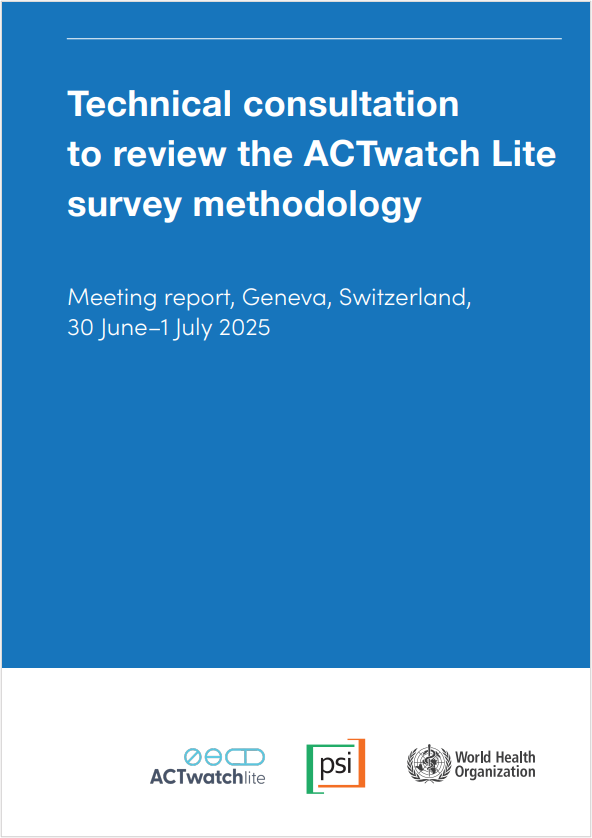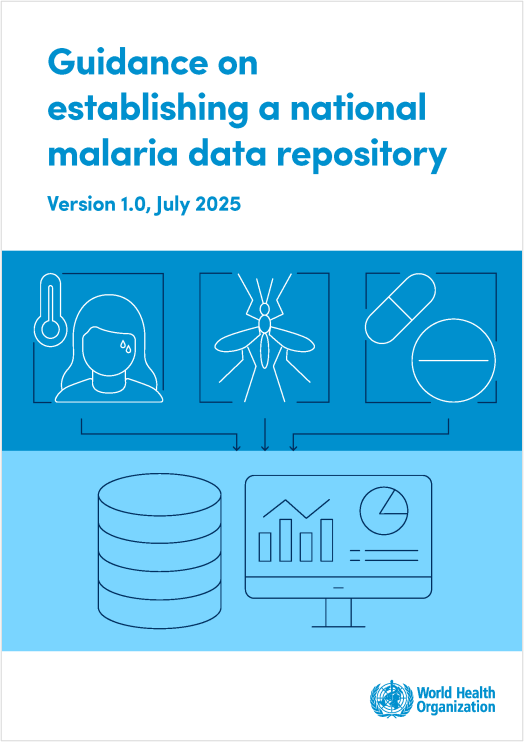Last Updated: 29/01/2025
The role of a TLR4 agonist in activating tissue-resident memory T cells in response to BCG-MSP1C, a potential malaria vaccine candidate
Objectives
This project aims to evaluate the ability of a TLR4 agonist (CRX-527) to enhance tissue-resident memory T (TRM) cell activity against BCG-MSP1C. The findings of this study are expected to provide information on how CRX-527 can be used to enhance the efficacy of the BCG-MSP1C vaccine.
The global outbreak of COVID-19 has increased public awareness of the importance of vaccines in preventing the spread of infectious diseases. To date, vaccines for many infectious diseases including malaria are still unavailable. Various attempts have been initiated to develop malaria vaccines, however, there is still no licensed vaccine on the market to date. Previous malaria vaccines, including RTS,S (the most promising vaccine) failed to provide complete protection due to the inability of the vaccine to induce long-term memory response. Recent studies have suggested that tissue-resident memory T (TRM) cells play a key role in maintaining long-term protection against malaria parasites. Therefore, vaccines capable of promoting TRM are urgently required. Various platforms are being explored to develop malaria vaccines, including the use of live vectors such as BCG. Using this strategy, the research team has developed a recombinant BCG clone containing the MSP-1C of P. falciparum (BCG-MSP1C). Previous project showed that the clone is capable of inducing macrophage inflammatory response by activating TLR4, suggesting the possible use of TLR4 as an adjuvant to enhance the immune response to the candidate vaccine. However, the ability of TLR4-specific adjuvants to stimulate TRM cells against BCG-MSP1C has never been evaluated. First, a group of Balb/c mice will be immunized with BCG-MSP1C in the presence or absence of CRX-527. The mice will be sacrificed and lymphoid tissues harvested four weeks after the last booster. Expression of TRM surface markers, CD103+ and CD69+ in lymphocyte-derived tissues will be evaluated using flow cytometry, immunohistochemistry, and real-time PCR.
Jan 2021


